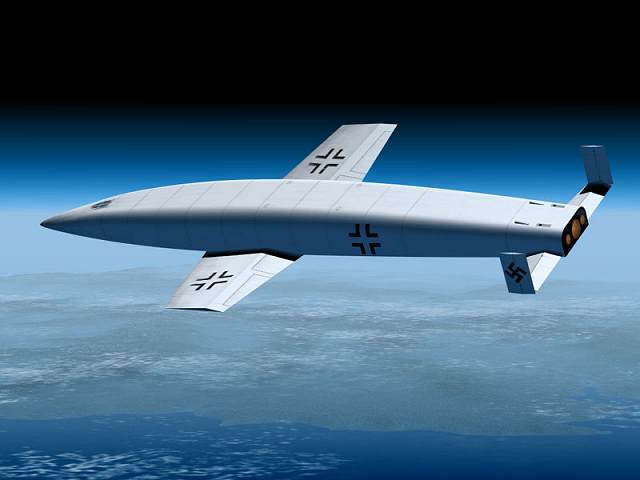Skip to comments.
Historic aircraft carrier Intrepid out of water for body makeover
Forbes ^
| April 10, 2007
| PAT MILTON
Posted on 04/10/2007 3:00:01 AM PDT by Stoat
click here to read article
Navigation: use the links below to view more comments.
first previous 1-20, 21-27 last
To: Stoat
Historic aircraft carrier Intrepid out of water for body makeoverDrydock = an out of body of water experience...
21
posted on
04/10/2007 6:29:16 AM PDT
by
FDNYRHEROES
(Always bring a liberal to a gunfight)
To: Thrownatbirth
Naw- You just apply full reverse thrust after catching the third wire.
To: Stoat
I was able to reach up and touch the Black Bird on one of my visits. The rivets made it look like old technology. Of course the plane was designed somewhere around 1956 so I shouldn't have been surprised. If I recall correctly, the Black Bird on deck was one of the CIA's YF-12 models, not the Air Force's SR-71. The fighter version was supposed to have been abandoned as unworkable since it took 100+ miles to make a 180 degree turn.
Visiting the ship is fun and leaves you the impression this was a vital ship in the march to Tokyo. When I read a diary from someone on the second Yorktown it showed a different side of the ship. It's nickname was the "Dry I" or the "Decrepid" because it spent so much time in dry dock. One of the crew quoted in the diary was thrilled when the Intrepid joined their task force because the Japanese were sure to hit it first. The next day the Intrepid was hit hard and the same guy said the Yorktown would be next. It was, a kamikaze hit on the next day.
There was a picture on board showing the 108-ft wide battleship New Jersey going through a 110-ft wide Panama Canal lock. There was also a chilling moment on the tour when you were told that, if you'd been in this spot on Thanksgiving Day, 1944, you would have given your life for your country. A bomb hit in the middle of a bunch of planes, armed and full of gas. The captain put the ship into a tight turn to starboard. As the hangar deck listed in the turn, the firefighters washed the flaming gas over the side into the ocean. Sounded like a great improvisation but I later read that tactic was in the owner's manual. The firefighting capability stemmed from the island so it had to be protected and that was one way of doing it.
To: Waverunner
Air Boss: “Comin’in fast..lotta stick....
24
posted on
04/10/2007 7:35:06 AM PDT
by
Thrownatbirth
(.....when the sidewalks are safe for the little guy.)
To: Stoat
It will be fascinating to see her out of the water, and compare that era’s engineering with a Nimitz class hull...
25
posted on
04/10/2007 1:35:52 PM PDT
by
Bean Counter
(Stout Hearts...)
To: mund1011
Don’t think so. 36.5 mi/sec x (60 sec/min) x (60 min/hr) = 131,400 mi/hr????
That warp drive they salvaged from the Roswell crash site makes a great overdrive.
But even Eugen Sänger's WWII Silbervogal design was to have hit a top speed of 22,100 km/h (13,800 mph) following a climb to an altitude of 145 km/ 90 miles. After which it would then gradually descend into the stratosphere, where the increasing air density would generate lift against the flat underside of the aircraft, eventually causing it to "bounce" and gain altitude again, where this pattern would be repeated. Because of drag, each bounce would be shallower than the preceding one, but it was still calculated that the Silbervogel would be able to cross the Atlantic, deliver an 4,000 kg/8,800 pound bomb to the continental US, and then continue its flight to a landing site somewhere in the Japanese held Pacific, a total journey of 24,000 km/15,000 miles.

26
posted on
04/11/2007 6:30:50 AM PDT
by
archy
(Et Thybrim multo spumantem sanguine cerno. [from Virgil's *Aeneid*.])
To: Stoat; Doohickey
Drydocking is fairly routine ...
Despite all the writer’s drama about the wooden blocks being hand-shaped and positioned, it is done all the time for vessels this size - many that I’ve supervised have had more complex hull shapes too.
An impressive and expensive job of course, but not dramatic.
27
posted on
04/11/2007 6:34:44 AM PDT
by
Robert A Cook PE
(I can only donate monthly, but Hillary's ABBCNNBCBS continue to lie every day!)
Navigation: use the links below to view more comments.
first previous 1-20, 21-27 last
Disclaimer:
Opinions posted on Free Republic are those of the individual
posters and do not necessarily represent the opinion of Free Republic or its
management. All materials posted herein are protected by copyright law and the
exemption for fair use of copyrighted works.
FreeRepublic.com is powered by software copyright 2000-2008 John Robinson
